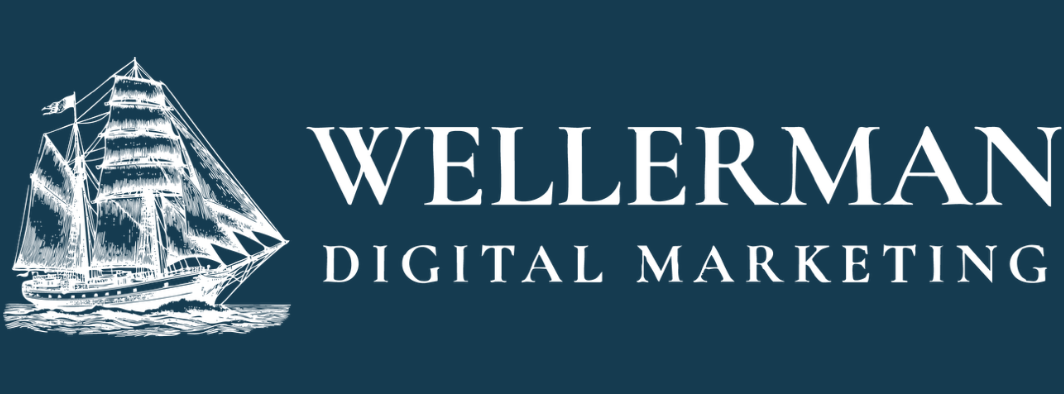The Secret Behind the Success of the Wellerman Digital Website!
“Man the Cannons! Rudder hard to port! Brace for impact me lads!”
“Hey Jack… We named you the football team captain, and we're in Nebraska...”
Many treat their website like a shot in the dark, following generic advice from self-help guides or online tutorials that aren't tailored to their specific objectives.
The most crucial aspect of a website is a clear objective. Knowing what you aim to achieve before you even begin building will guide your entire development process. This also means understanding your audience and what they are looking for. A church aiming to grow its regular congregation needs a very different approach than a clothing store focused on selling dresses or shirts.
While the church and clothing store examples represent extreme differences, it's surprising how often people build a church website with e-commerce or sales lead conversion best practices in mind. This approach often fails to achieve the church's true goal: increasing weekly attendance.
Understanding these distinctions and knowing how to build a website to accomplish your specific objective is paramount. The most visually stunning website in the world is useless if it doesn't achieve its goal. Conversely, a relatively plain website with precisely the information people are looking for can perform far better than a beautiful design that isn't suited to its audience.
For a church, keeping the focus on what your audience needs to encourage attendance is key. This typically revolves around three core elements: service times, church beliefs, and childcare or other relevant programs and ministries that prospective attendees might value for a long-term commitment.
Placing this vital information "above the fold" – meaning visible immediately upon page load without scrolling – helps answer the primary questions many website visitors have. This encourages interested individuals to learn more and prevents them from having to dig through your site.
In the end most churches desire this, people getting directions to attend a service.
Every click a user makes is a decision to either continue exploring or leave your site. The more opportunities a user has to abandon your site without finding the necessary information, the higher the likelihood they won't convert or learn what you want them to know.
Therefore, the first step for any business when building a website is to evaluate: "What is the most important information a user would seek when visiting our website?"
Do not attempt to hide this information to force users to explore more. You will see significantly better results when people can quickly and easily find the exact information they need at the top of your homepage.
Ultimately, a church relies on charitable contributions. While a website can facilitate this, the primary intention of most online visitors is to decide if they are interested in attending the church in the first place. The decision to donate usually comes after they have experienced the church and decided it's a place they want to support. This means your website is not a sales tool for donations, but rather a recruitment tool to encourage non-members to become members. Attempting to compel users to learn more about your church in order to decide on giving will only frustrate those who are simply looking to attend and learn more.
This differs from a charity or non-profit that operates solely on donations and doesn't have regular weekly services or events where people can give directly. These organizations must make the donation option extremely easy and clearly articulate what the donations will achieve. Charities that highlight quantifiable results, such as "$20 will feed a family for a week," provide tangible outcomes for financial contributions.
Every website and every church has unique online objectives. However, many churches share a similar website goal, even if their approach, branding, and visuals differ.
Learn more about our recommendations for customizing your church's website to achieve your goals by subscribing to the Fair Wind newsletter. For more detailed look at this information check out our YouTube Video here: https://youtu.be/YUTqFbtqAzU


